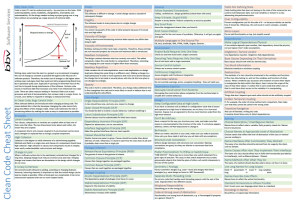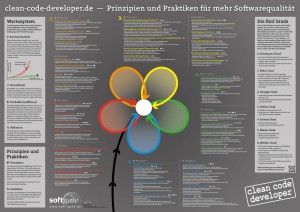“A Practical Approach to Large-Scale Agile Development” by Gary Gruver, Mike Young and Pat Fulghum is a real-world example on how scaling of agile software development really works in a huge software producing organisation.
The authors describe in an easy-to-read language the journey of the HP firmware organisation starting in 2008 and taking around 3 years with a clear goal in mind: “10x developer productivity improvement”.
In the beginning they were stuck with a waterfall planning process with a huge planning organisation and not being able to move in software development as fast as business expected. A quick summary of activities showed that in the beginning the organization was spending 25% of developer time in planning sessions to plan the next years’ releases. Only 5% was spent on innovation. Nowadays, after acomplishing the 10x goal, 40% of developer’s time is spent on innovation.
The book highlights the relevance of a right mix of agile technologies with a good approach in software architecture and organisational measures to form a successful team of people striving for common goals. A fascinating read!
Most striving is the unemotional view on agile and how to apply it. They purposefully decided not to have self-organizing teams. So, agile is broken? Can’t be applied in such an environment? Not at all! The authors give good reason for not applying all agile patterns from the books – and it is working.





